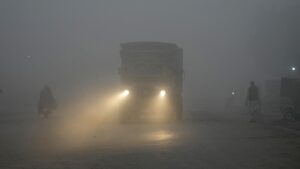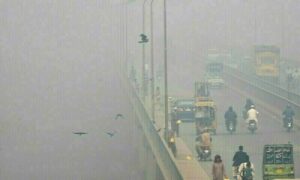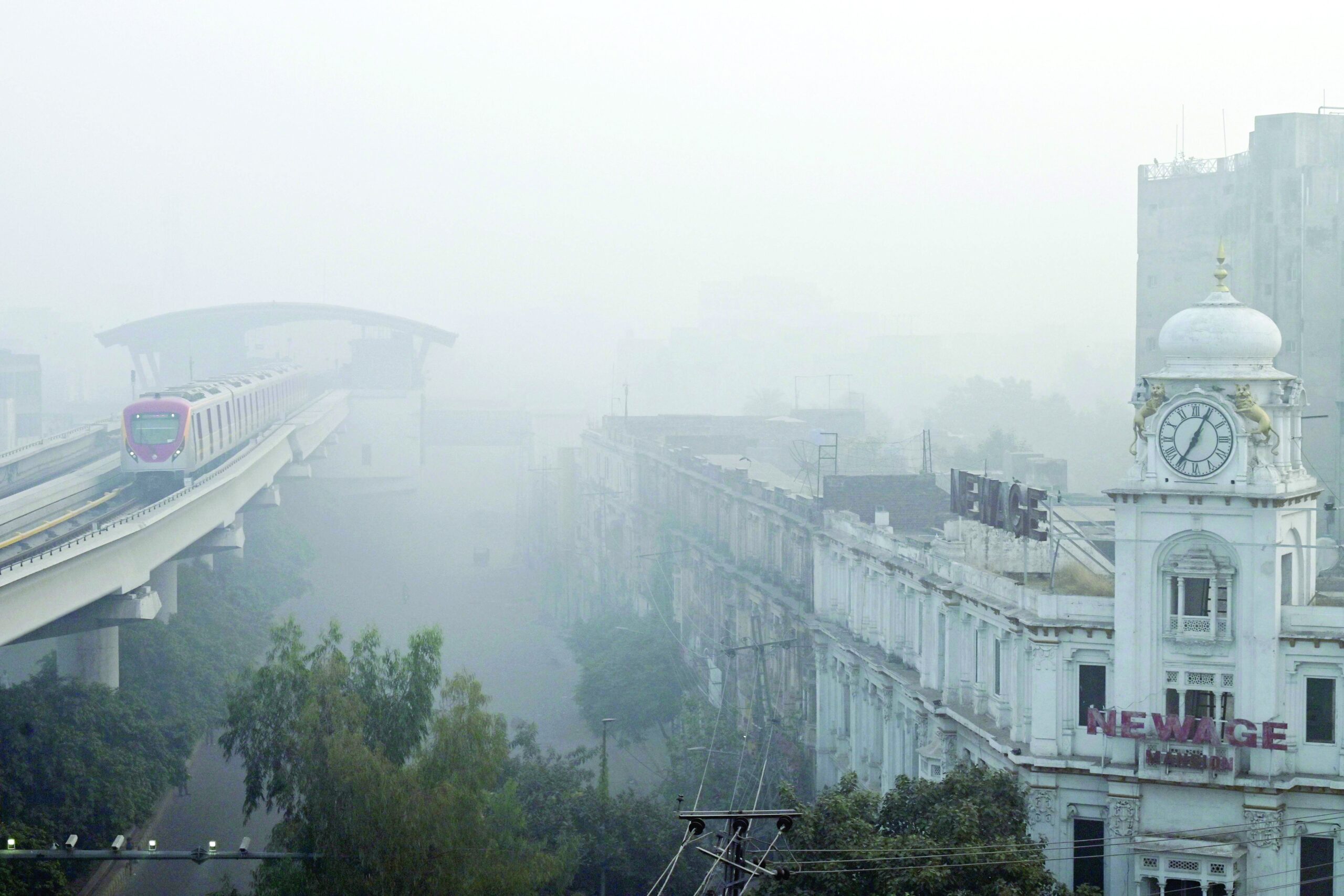
By Shawaz Baluch
Introduction:
Lahore is currently grappling with one of the highest air pollution levels globally, with Air Quality Index (AQI) levels frequently recorded well above 250. On particularly severe days, Lahore’s AQI has reached over 400, classifying the city as hazardous according to the World Health Organization (WHO) standards. Such alarming pollution levels have severe implications for public health, the economy, and Lahore’s livability. Addressing Lahore’s air pollution crisis requires urgent, strategic, and evidence-based actions to mitigate sources of pollution effectively.
Understanding AQI and Its Health Impact
The AQI is divided into several categories based on its impact on human health:
• 0–50 (Good): Minimal or no health risks.
• 51–100 (Moderate): Acceptable, though sensitive individuals may experience minor discomfort.
• 101–150 (Unhealthy for Sensitive Groups): Those with respiratory or heart conditions, children, and the elderly may experience effects.
• 151–200 (Unhealthy): Health effects for the general public, with sensitive groups at greater risk.
• 201–300 (Very Unhealthy): Significant health risks; emergency conditions for sensitive groups.
• 301+ (Hazardous): Health emergencies for the population, with severe impacts even on healthy individuals.
In Lahore, AQI levels frequently exceed 300, exposing its population to a hazardous environment that heightens risks of respiratory and cardiovascular diseases, as well as long-term health complications like reduced lung function, cancer, and premature mortality.
Understanding Lahore’s AQI Crisis
Lahore’s AQI is primarily driven by three major sources: vehicular emissions, industrial pollutants, and the operation of brick kilns. These contribute to particulate matter, nitrogen dioxide, sulfur dioxide, and other harmful substances in the atmosphere.
The city also faces a dual threat from both Los Angeles smog (photochemical smog), resulting from vehicle emissions reacting with sunlight, and London smog (industrial smog), caused by coal combustion and industrial pollution. Together, these exacerbate Lahore’s already hazardous air quality, impacting health, visibility, and overall quality of life.

Contributions to Smog:
We must acknowledge that every individual contributes to the smog crisis. Accepting this reality is the first step toward change. While systemic reform is critical, personal responsibility plays an equally important role. From reducing vehicle use to avoiding the burning of waste, each action matters.
Another significant factor is the poor quality of fuel supplied by oil refineries in Pakistan. Low-grade fuels result in higher emissions, further deteriorating air quality. Addressing this issue requires a shift toward cleaner fuel standards nationwide.

Learning from the Great Smog of London
The Great Smog of London in 1952 caused over 4,000 deaths within days due to coal combustion and industrial pollution. In response, the UK introduced the Clean Air Act, which regulated emissions and promoted cleaner fuels. Lahore, facing a similar crisis, can draw valuable lessons from this case study to implement a comprehensive clean air strategy.
Recommendations for Lahore
To combat Lahore’s smog crisis effectively, the following actions are essential:
1. Every Individual’s Role
Each citizen has a responsibility to contribute to reducing smog. Simple steps such as using public transport, planting trees, and avoiding activities like open burning can collectively make a significant difference.
2. Improving Public Transport
Enhancing the quality, accessibility, and efficiency of public transport systems can reduce vehicular emissions. Encouraging the use of electric or hybrid vehicles is another crucial step.
3. Awareness Campaigns
Public awareness initiatives highlighting the dangers of smog and actionable steps to mitigate it are necessary. Educational programs, workshops, and media campaigns can empower communities to take responsibility.
4. Introduction of a Clean Air Act in Pakistan
Enforcing a national Clean Air Act can provide the legal framework for regulating emissions, transitioning to cleaner fuels, and penalizing violations effectively.
5. Better Fuel Standards
Refining and supplying higher-quality fuel is essential to reduce vehicular emissions and industrial pollutants.
Conclusion:
Lahore’s dangerously high AQI requires immediate and collaborative efforts. The lessons from London’s Clean Air Act and Los Angeles’ battle with photochemical smog provide valuable blueprints for action. With strict regulations, better infrastructure, and active public participation, Lahore can strive for a healthier, sustainable future.
Ultimately, the power to combat smog lies in our hands—individuals and governments alike must act decisively to reclaim our air.


